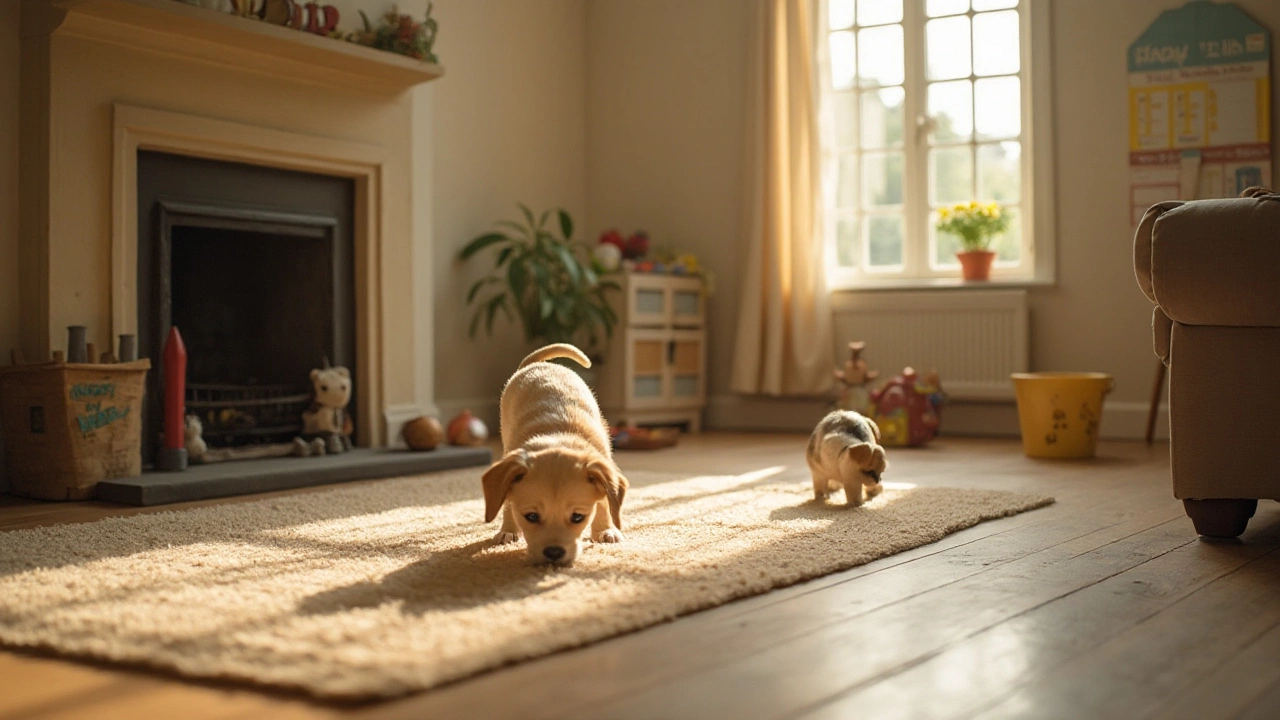Dog Toys Guide: How to Choose Safe, Fun Play Gear for Every Pup
Every dog owner knows a good toy can turn a boring day into pure joy. But with thousands of options online, picking the right one feels overwhelming. This guide breaks down the basics so you can shop with confidence and keep your dog entertained for hours.
Why Dog Toys Matter
Toys aren’t just a way to burn off energy. They help keep teeth clean, relieve boredom, and give you a chance to bond. A chew toy can massage gums and reduce destructive behavior, while a plush squeaker gives a pup something to chase and carry around. When you choose a toy that matches your dog’s size, chewing style, and activity level, you’re also protecting your home from chewed‑up shoes and furniture.
How to Pick Safe and Fun Toys
1. Size matters. A toy that’s too small can be swallowed. Aim for a toy that’s at least as big as your dog’s mouth when they open it wide. If you have a tiny breed, look for soft plush or rubber toys under 3 inches. Larger breeds need tougher rubber or rope toys that can handle strong jaws.
2. Know the chew type. Some dogs love to grind, others just bite. Rope toys are great for light chewers and help clean teeth. Hard rubber (like KONG) survives aggressive gnawing and can be stuffed with treats for extra stimulation. Avoid cheap plastic that cracks easily – broken pieces become choking hazards.
3. Check the material. Look for non‑toxic, BPA‑free plastics, natural rubber, or cotton fabrics. If a toy has a squeaker, make sure it’s sealed inside a durable shell; otherwise, the squeaker can pop out.
4. Test durability. Give the toy a quick tug before buying. If it bends easily or the seams split, it’s not built for heavy chewers. A good rule of thumb: durability should match the dog’s chewing rating (light, medium, heavy).
5. Keep it interesting. Rotate toys every few days. This keeps the novelty factor alive and prevents your dog from getting bored with one item. Mix up textures – a rubber ball one day, a rope tug the next – and you’ll see more play and less whining.
When you shop at Nelson's Equestrian and Pet Supplies, you’ll find a curated range of toys that meet these guidelines. From sturdy KONG classics to eco‑friendly rope toys, each product lists the recommended chew strength and size. Read the short description, compare with your dog’s habits, and you’ll make a quick, confident decision.
Finally, always supervise new toys for the first 10‑15 minutes. Look for signs of wear, broken parts, or excessive chewing. If a toy starts to fray, toss it out – it’s better to replace it than risk a mouth injury.
With the right toy, playtime becomes a stress‑buster for both you and your dog. Use these tips, check the product info on our site, and you’ll keep your pup happy, healthy, and safe for years to come.
Understanding When Your Puppy Will Settle Down: A Guide to Calmer Days
Puppies, with their boundless energy and curiosity, bring joy and chaos in equal measure. As pet owners, it is important to understand when our pups might start to calm down and what influences their rambunctious nature. Generally, puppies begin to show signs of mellowing around six months to a year, though this can vary by breed and individual temperament. There are effective strategies and toys to help manage their lively behavior. With patience and the right tools, you can guide your little furball towards more serene days.
